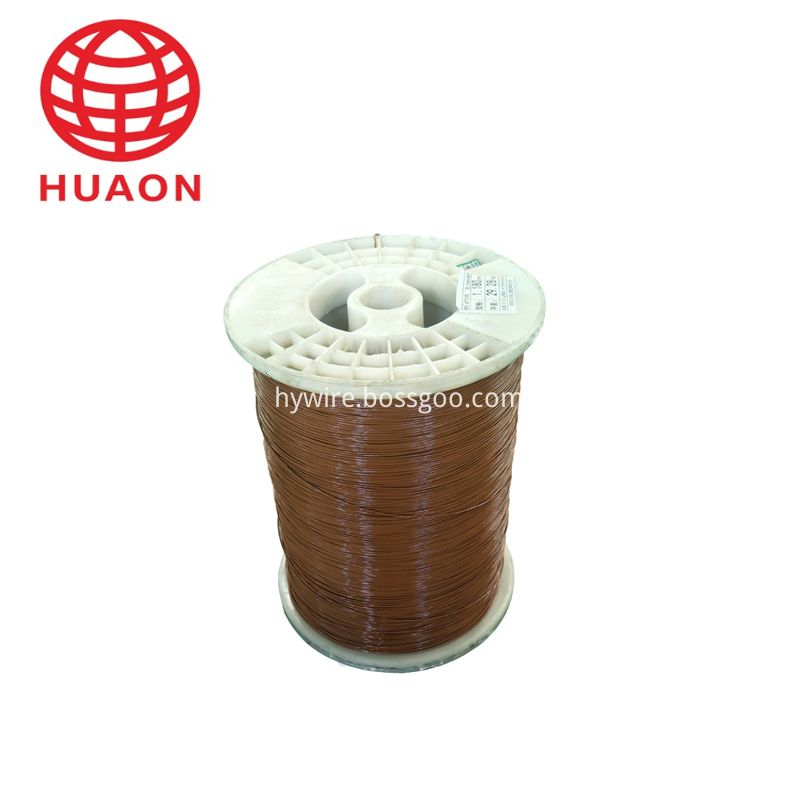1) Large opening operation: Operating the control valve at its maximum opening, such as 80%, can cause cavitation and erosion on the spool's surface. As the spool breaks down, the flow rate increases, leading to the valve closing again. This cycle continues until the entire spool is damaged, especially at the root and sealing area, making it unusable. However, by reducing the opening degree, the erosion is minimized, allowing the valve to operate at a smaller opening. This approach can significantly extend the valve’s life—sometimes by up to five times. For example, in a chemical plant, this method has been shown to double the valve’s service life.
2) Reduce S to increase working opening: Lowering S means increasing the pressure loss in the system other than the control valve, which reduces the pressure drop across the valve. This forces the valve to open more to maintain the required flow, thus reducing cavitation and erosion. Practical methods include using an orifice plate after the valve to consume pressure or partially closing a manual valve in series with the pipeline. This technique is particularly effective when the valve is initially selected for a small opening.
3) Reduce the size to increase the working opening: By decreasing the valve’s diameter, the working opening can be increased. This can be done by replacing a larger valve with a smaller one, such as changing from DN32 to DN25, or by replacing the valve seat with a smaller one without changing the body. In some cases, like in a chemical plant overhaul, replacing a DG10 with a DG8 has doubled the valve’s life.
4) Transfer the damage location: Moving the most severely damaged areas to secondary positions helps protect the sealing and throttling surfaces of the valve. This strategy prevents critical components from being directly exposed to erosion and cavitation, thereby prolonging the valve’s lifespan.
5) Enlarge the throttling channel: One of the simplest ways to increase the throttling path is by thickening the valve seat, creating a longer channel. This delays the sudden expansion of the flow after throttling, shifting the damage away from the sealing surface. It also increases resistance, reduces pressure recovery, and minimizes cavitation. Some valves are designed with stepped or wave-shaped seats to further enhance this effect. This method is commonly used when upgrading old valves or installing high-pressure systems.
6) Change the flow direction: A flow-open type valve directs the flow toward the opening, causing erosion on the sealing surface. In contrast, a flow-closing type directs the flow toward the closed position, reducing erosion on the sealing surface and protecting the valve core. Switching the flow direction can improve the valve’s life by up to two times, especially when dealing with frequent wear issues.
7) Use special materials: For anti-cavitation and erosion, specialized materials such as honeycomb structures or streamlined grooves can be used for the throttling parts. These materials are resistant to corrosion and can be made from non-metallic options like rubber, PTFE, or ceramics, or metallic ones like Monel and Hastelloy. Choosing the right material can significantly improve the valve’s durability and performance under harsh conditions.
8) Change the valve structure: Modifying the valve design or selecting a valve with a longer service life can greatly improve its longevity. Options include multi-stage pressure-reducing valves, anti-cavitation valves, and corrosion-resistant valves. These designs are often used in retrofitting older systems or introducing high-pressure valves into new installations.

Corona Resistance Enameled Round Copper Wire
| About Corona Resistance Enameled Round Copper Wire. |
Capable of working under extreme situations where strong resistibility against very high and low temperature, powerful cryogn,hard radiation and forceful heat shock are needed.
Be suitable for refrigerator compressor and aire condition compressor, microwave oven electric instrument and other pressuring motor.

| Products Feature. |
|
Name |
Corona Resistance Enameled Round Copper Wire |
|
Conductor |
Copper |
|
Dimension(mm) |
Diameter: 0.20 ~ 2.50 |
|
Thermal Class(℃) |
200(Class C); |
|
Standard |
J B / T 10930-2010 |
|
Packing |
PT 4 – PT 200 or ply-wood spool |
|
Application |
Variable frequency motor, speed regulating motor, lifting motor, elevator motor and other fields. |
Enamelled Copper Wire,Corona Resistance Enameled Round Copper Wire,Corona Resistant Wire,Resistant Wire Enamelled Copper Wire
HENAN HUAYANG ELECTRICAL TECHNOLOGY GROUP CO.,LTD , https://www.huaonwire.com